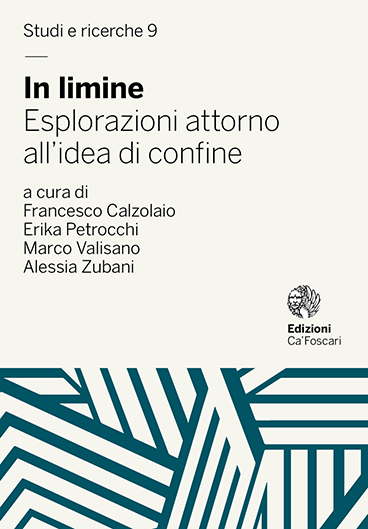Series |
Studi e ricerche
Edited book | In limine
Chapter | Colmare le distanze: strategie traduttive per giovani segnanti emergenti
Colmare le distanze: strategie traduttive per giovani segnanti emergenti
Abstract
Young emergent signers are intended as Deaf children, born into hearing non-signing families, who have not yet developed a full linguistic competence in sign language. Our research goal is to investigate how a text translated into Italian Sign Language (LIS) can be adapted in order to help these lower-proficiency signers access informative contents. We present an analytical comparison between translated texts designed for Deaf adults, fluent in LIS, and adapted texts designed for Deaf children whose sign language is still at a developing stage. Data annotation has been conducted with the software ELAN. The comparative analysis shows that the texts for young non-native signers contain specific translation strategies and adaptations aiming at bridging the linguistic, cognitive, and cultural gap due both to the young age of children and their limited linguistic competence in sign language. In support of these findings, both quantitative and qualitative data are shown and discussed.
Submitted: April 21, 2017 | Accepted: May 16, 2017 | Language: it
Keywords Translation strategies and adaptations • Accessibility • Young emergent signers • Italian Sign Language (LIS)
Copyright © 2017 Lara Mantovan, Alessandra Checchetto. This is an open-access work distributed under the terms of the Creative Commons Attribution License (CC BY). The use, distribution or reproduction is permitted, provided that the original author(s) and the copyright owner(s) are credited and that the original publication is cited, in accordance with accepted academic practice. The license allows for commercial use. No use, distribution or reproduction is permitted which does not comply with these terms.
Permalink http://doi.org/10.14277/6969-167-6/SR-9-13
